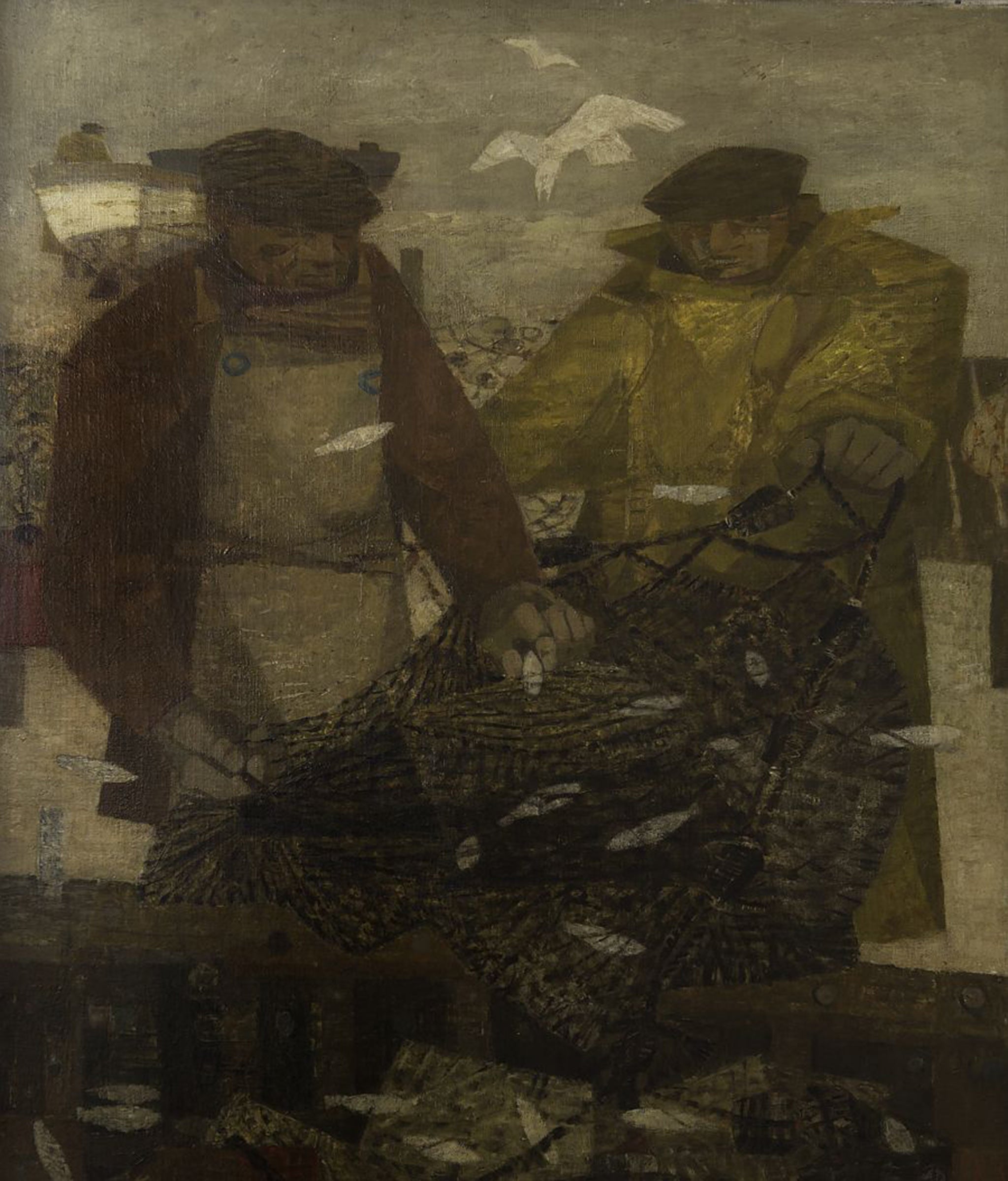Prunella Clough: Unknown Countries, Jerwood Gallery, Hastings, review: 'A shining example to other female artists'
Revered by artists such as David Hockney, British painter Prunella Clough's work is on display at a wonderful exhibition

Your support helps us to tell the story
From reproductive rights to climate change to Big Tech, The Independent is on the ground when the story is developing. Whether it's investigating the financials of Elon Musk's pro-Trump PAC or producing our latest documentary, 'The A Word', which shines a light on the American women fighting for reproductive rights, we know how important it is to parse out the facts from the messaging.
At such a critical moment in US history, we need reporters on the ground. Your donation allows us to keep sending journalists to speak to both sides of the story.
The Independent is trusted by Americans across the entire political spectrum. And unlike many other quality news outlets, we choose not to lock Americans out of our reporting and analysis with paywalls. We believe quality journalism should be available to everyone, paid for by those who can afford it.
Your support makes all the difference.British painter Prunella Clough had a long and illustrious career. She was revered by critics and artists; the late Bryan Robertson sung her praises and owned several of her works; artist/critic Patrick Heron wrote extensively about her. I know that David Hockney loved her as I bumped into him at her funeral (she died in 1999). The Jerwood Gallery in Hastings has a wonderful, tightly-curated exhibition of her work. It includes previously unseen archival material that highlights a fascination with close looking, paint and materials, especially prescient for an artist born in 1919.
Clough was the daughter of a civil servant and a poet. She studied for a period at the Chelsea School of art and during the war worked at the Office of War Information, where she drew maps and charts. After the war she continued her studies at the Camberwell College of art under Victor Pasmore. Her aunt was the designer Eileen Grey and Clough spent time in Paris with her, eventually becoming the executor of her estate. While in Paris she would have been exposed to works by Braque and Leger, the influence of both of whom one can see particularly in her earlier work. Fisherman with Sprats (1948) evokes a scene full of industrious concentration and ozone. This was coincidentally the first of her works to be shown in America, in Pittsburgh.

Clough’s canvases became increasingly abstract and by the 1970s they no longer contained recognizable images, although it is still possible to see their antecedents in landscape, domestic objects and industrial scenes. What dominated these later works was her fearless appropriation of materials often not considered appropriate for painting. Still Life is not as its title might suggest, a polite composition of fruit and flowers, but consists of a painted metal board with a found bottle (parazone) attached. An arrangement of cut scouring pads and paint become a horse and hay stacks in Thinking of Animals.
Clough did not like to be thought of as a woman artist but as an artist. Yet her career was a shining example to other female artists, such as Bridget Riley, starting their careers in the 1960s. Waterweed (1988) speaks to me both in its femininity and inventiveness. The background is luminous though dryly painted, the weed composed of tangled colourful threads seemingly randomly placed on the surface; the sea opens the viewers’ eyes to the transformation of any material made possible through artists’ eyes.
London is not the centre of the universe for art, even if it thinks it is; good things are happening outside the capital. Jump on a train and go to Hastings. Enjoy the sea air and the view from the café and wonder at the inventiveness and nerve of artists, remembering always to consider them in the context of their time.
Until 6 July, www.jerwoodgallery.org
Join our commenting forum
Join thought-provoking conversations, follow other Independent readers and see their replies
Comments